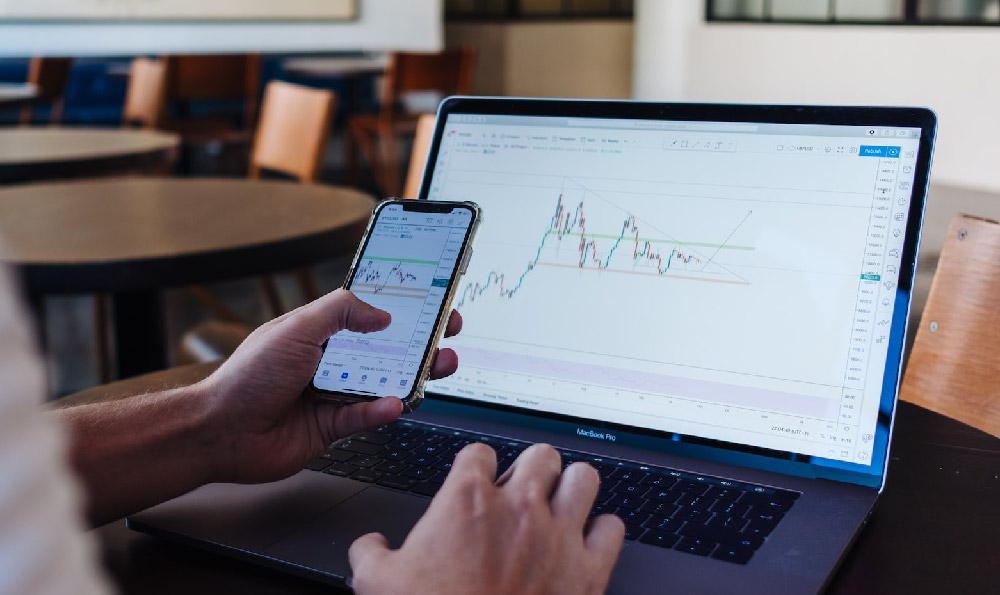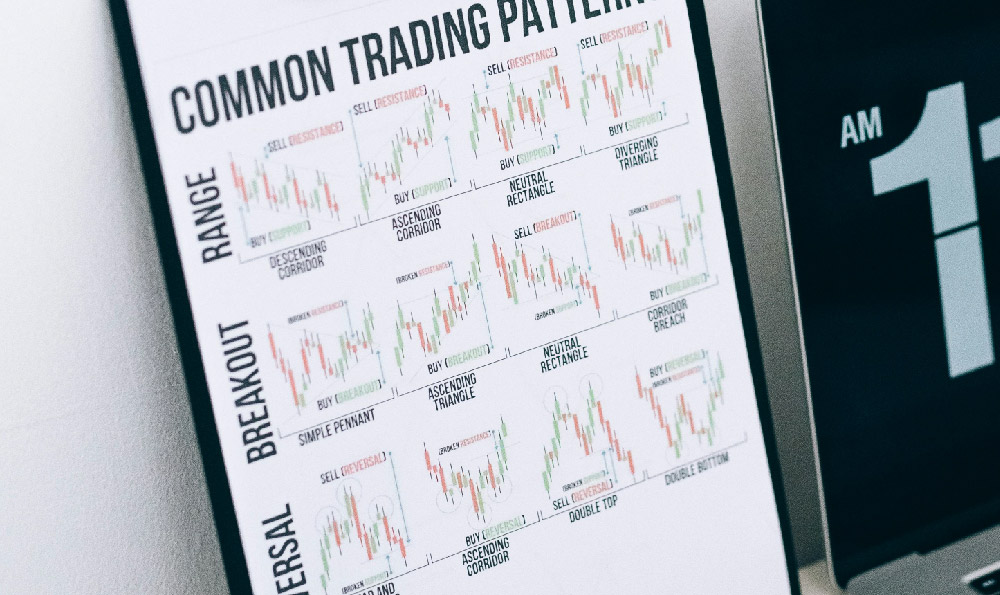Cryptocurrency trading has exploded in popularity in recent years, capturing the attention of both seasoned investors and those new to the world of finance. The allure of potentially high returns, coupled with the decentralized and innovative nature of blockchain technology, makes it an undeniably intriguing prospect. However, the question of whether cryptocurrency trading is actually profitable is complex and requires a nuanced understanding of the market, its inherent risks, and the strategies that can be employed to navigate its volatility.
Profitability in the cryptocurrency market is certainly achievable, but it's crucial to dispel the myth of guaranteed riches. The market is known for its extreme price swings, often driven by speculation, news events, regulatory changes, and technological advancements. This volatility can be both a blessing and a curse. While it presents opportunities for significant gains, it also carries the risk of substantial losses.
Several factors determine whether an individual trader can profit from cryptocurrencies. The first, and arguably most important, is education. Understanding the underlying technology, the specific cryptocurrency being traded, and the forces that drive its price is paramount. This includes delving into concepts like blockchain, consensus mechanisms, tokenomics, and the project's utility. Without this foundational knowledge, traders are essentially gambling rather than making informed decisions.

Another critical factor is risk management. The cryptocurrency market operates 24/7, 365 days a year, making it susceptible to rapid and unexpected price movements. Successful traders implement strict risk management strategies, such as setting stop-loss orders to limit potential losses, diversifying their portfolios to mitigate the impact of any single cryptocurrency's performance, and using appropriate position sizing to avoid overexposure. Overleveraging, a common pitfall, can amplify both gains and losses, potentially leading to devastating consequences.
Beyond knowledge and risk management, a successful cryptocurrency trader also needs a well-defined trading strategy. There are various approaches, each with its own set of strengths and weaknesses. Day trading involves capitalizing on small price fluctuations throughout the day, requiring constant monitoring and quick decision-making. Swing trading aims to profit from short-term price trends that can last from a few days to a few weeks. Long-term investing, or "hodling," involves holding cryptocurrencies for extended periods, often years, with the expectation of significant appreciation over time. Each strategy requires a different level of commitment, risk tolerance, and technical analysis skills.
Technical analysis is a crucial skill for many cryptocurrency traders. It involves studying price charts and using technical indicators to identify patterns and predict future price movements. Common indicators include moving averages, Relative Strength Index (RSI), and Fibonacci retracements. While technical analysis can be helpful, it's important to remember that it's not foolproof. The cryptocurrency market can be influenced by factors that are difficult to predict using technical analysis alone, such as news events or social media sentiment.
Fundamental analysis, on the other hand, involves evaluating the underlying value of a cryptocurrency project based on its technology, team, adoption rate, and potential market size. This approach is often favored by long-term investors who are less concerned with short-term price fluctuations and more focused on the long-term growth potential of the project.
Now, let's explore some specific ways to make money from cryptocurrency trading:
-
Spot Trading: This is the most basic form of cryptocurrency trading, where you buy and sell cryptocurrencies directly using fiat currency (e.g., USD, EUR) or other cryptocurrencies. The goal is to buy low and sell high, profiting from the difference in price.
-
Margin Trading: Margin trading allows you to borrow funds from a broker to increase your trading capital. This can amplify your profits, but it also magnifies your losses. Margin trading is highly risky and should only be used by experienced traders who understand the risks involved.
-
Futures Trading: Cryptocurrency futures are contracts that allow you to buy or sell a cryptocurrency at a predetermined price on a future date. Futures trading can be used to speculate on the price of a cryptocurrency or to hedge against price risk.
-
Arbitrage: Arbitrage involves taking advantage of price differences for the same cryptocurrency on different exchanges. By buying the cryptocurrency on an exchange where it's cheaper and selling it on an exchange where it's more expensive, you can profit from the price discrepancy.
-
Staking: Staking involves holding cryptocurrencies in a wallet to support the operation of a blockchain network. In return for staking your coins, you receive rewards in the form of additional cryptocurrency.
-
Yield Farming: Yield farming is a more complex strategy that involves lending or borrowing cryptocurrencies on decentralized finance (DeFi) platforms to earn rewards. Yield farming can be highly profitable, but it also carries significant risks, such as smart contract vulnerabilities and impermanent loss.
-
Participating in Initial Coin Offerings (ICOs) and Initial Exchange Offerings (IEOs): ICOs and IEOs are ways for new cryptocurrency projects to raise funds by selling tokens to the public. Investing in ICOs and IEOs can be highly profitable if the project is successful, but it's also very risky as many projects fail to deliver on their promises. Thorough research is essential before investing in any ICO or IEO.
It's crucial to remember that the cryptocurrency market is constantly evolving. New technologies, regulations, and market trends emerge frequently. Staying informed and adapting to these changes is essential for long-term success. Continuous learning through online courses, industry news, and community forums is highly recommended.
In conclusion, cryptocurrency trading can be profitable, but it's not a get-rich-quick scheme. Success requires a combination of education, risk management, a well-defined trading strategy, and a commitment to continuous learning. Approaching the market with a realistic mindset and a willingness to learn from both successes and failures is crucial for navigating its inherent volatility and achieving long-term profitability. Never invest more than you can afford to lose, and always do your own research before making any investment decisions. The path to profitable cryptocurrency trading is paved with knowledge, discipline, and a healthy dose of caution.












